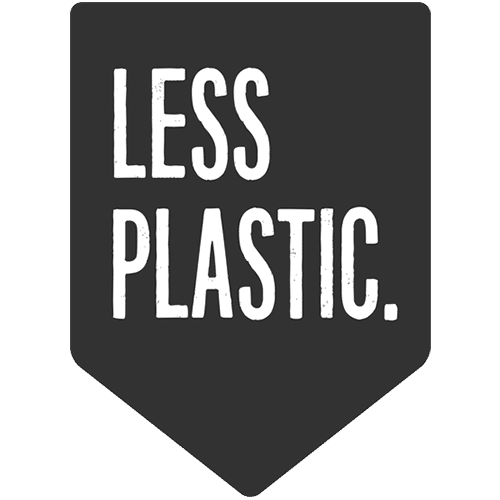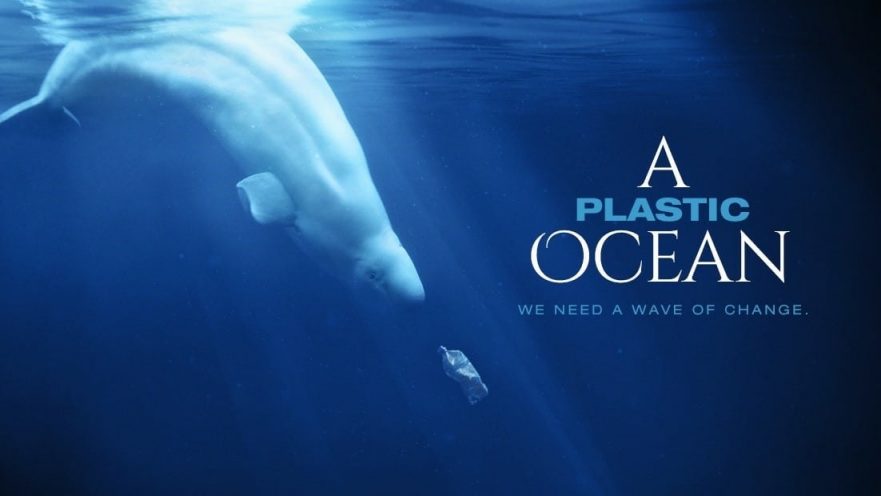Back in the 1950s we were sold a lie. We were told that plastic was disposable, that we could use it once and throw it away, without further thought.
Share this Post
There were less people on the planet back then, and there was certainly less plastic.
In the last 10 years, more plastic has been produced than during the whole of the last century. As our population has grown, our appetite for convenience has skyrocketed, along with our use of disposable plastic.
Today, more than 300 million tonnes of plastic are manufactured annually.
Over half of all plastic produced is for single-use purposes.
That includes plastic bags, bottles, cups, straws, cutlery, take out containers, food packaging… It is likely that you have thrown away a couple of these single-use items just today.
Plastic is cheap to make, durable and light. That’s why manufacturers favour it as the most cost effective form of packaging. However, this durability makes the plastic we have finished with, a very big problem.
Every piece of plastic ever created still exists somewhere on the planet today.
But where does it all go? What is the impact of our addiction to single-use plastic?
Last night I attended a screening of the newly released documentary described by Sir David Attenborough as the ‘most important film of our time’ – A Plastic Ocean, produced by Jo Ruxton and hosted by City to Sea.
It turns out that our disposable lifestyle is having devastating consequences in some of the remote and seemingly pristine oceans on the planet.
An estimated 8 million tonnes of plastic waste enter our oceans every year.
Once in the marine environment, plastic causes havoc for marine birds and wildlife – entangling them, choking them, and filling their stomachs when mistaken for food, leaving no room for real nutrition, and therefore resulting in death by starvation.
It’s heartbreaking to see this suffering caused by our throwaway lifestyle – something that isn’t truly necessary for our survival.
What’s more, we have discovered there are consequences for human health too.
Ocean plastic breaks up into ever smaller pieces where it enters the marine food chain at the lowest level. There are now considered to be as many micro-plastic pieces in the ocean as plankton.
These tiny pieces of ocean plastic absorb other pollutants in the ocean, becoming toxic pills that fish feed on. Their muscle is where the highest concentration of toxins accumulate and is also the tastiest part of the fish for humans to eat. It’s invisible to us, but if you eat fish, you are eating plastic toxins too.
Why has this happened?
We simply don’t have the capability to deal with the volume of waste we are creating, and sadly, much of it is ending up in our oceans, where it will stay for hundreds of years.
A few of the most impactful images from the film for me were:
- A blue whale breaching gracefully in the waves – reminding us of the awe-inspiring simple beauty of the ocean
- A remotely-controlled ocean trench exploration that revealed plastic bottles lying on the deep sea floor where sunlight never reaches
- Seemingly pristine sparkling waters that when analysed contained more micro plastic particles than plankton
- Bottle-nose dolphins in the Mediterranean that have cancerous levels of toxins in their muscle flesh as a result of eating fish that have eaten plastic
- Families living in rubbish heaps on low-lying coral islands in the Pacific, unable to deal with the amount of plastic waste they’ve been creating since adopting modern lifestyles, their waste toxifying their water and seafood supply, and overspilling into lagoons to be washed out to sea
- Dead seabirds whose dissected bloated stomachs revealed hundreds of jagged pieces of plastic inside
In the auditorium, I was sitting in front of a group of students. During the film, I could hear them whispering to their friends, “Oh my god. Oh my god. I didn’t realise. I didn’t know.”
You have to know about a problem to care about it and to want to change it.
If you haven’t seen the film already, please try to watch it, with your friends and family.
Once you see for yourself the mess our lifestyle of convenience is making on our beautiful blue planet, it will be hard for your to push it out of your mind and do nothing.
You can download the film on iTunes from today for £10.99. You can also see the trailer here.
As the film-makers have said, we need to act urgently to create a global movement, #AWaveofChange.
There are 7 billion people sharing this planet, and growing. We simply can’t continue to consume, and create non-biodegradable waste, at this rate.
The time to act is now before the plastic pollution problem accumulates and is too big to overcome.
Share this Post
What can you do?
- Think reusable not disposable – pledge to refuse single-use plastic.
- Demand stores, cafes, bars and take-away restaurants offer better solutions, avoiding single-use plastic packaging, cutlery, cups, straws and polysterne – give them feedback, at all levels.
- Write to your government and demand better solutions. In the UK there is currently a petition to ban all non-recyclable/non-compostable packaging – sign it and any similar movements to let parliament know this is a critical concern.
- Read our 9 tips for living with less plastic, and be open to learning new habits to reduce your plastic usage.
- Be the change. You have control over the personal choices you make. There are so many things in the world that we have no control over, but this is one thing you can change. Don’t be part of the problem, be part of the solution.
- Donate to support of Plastic Oceans Foundation’s work to change the world’s attitude to plastic within a generation – through Education, Business and Sustainability, and Science across the globe.


